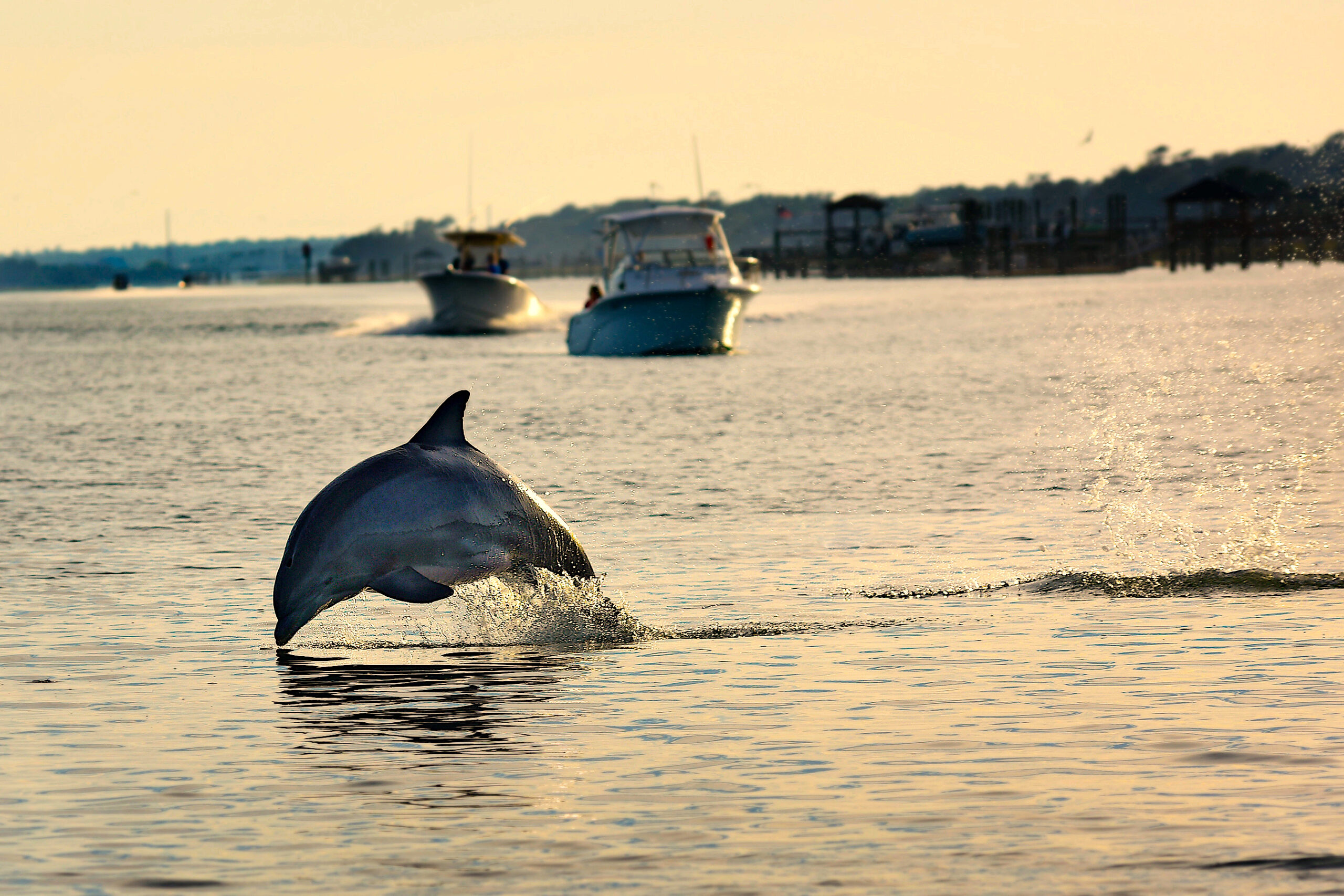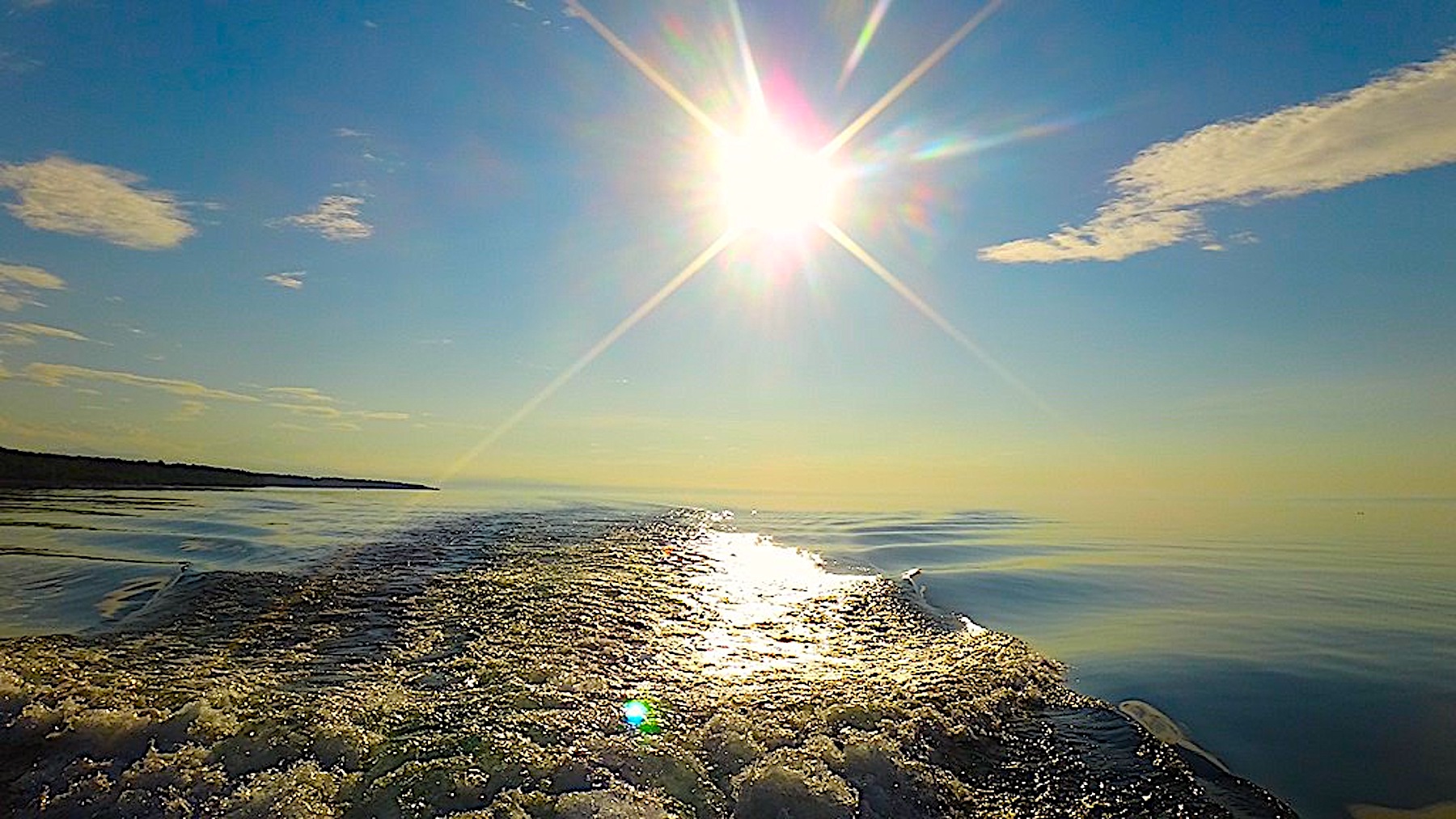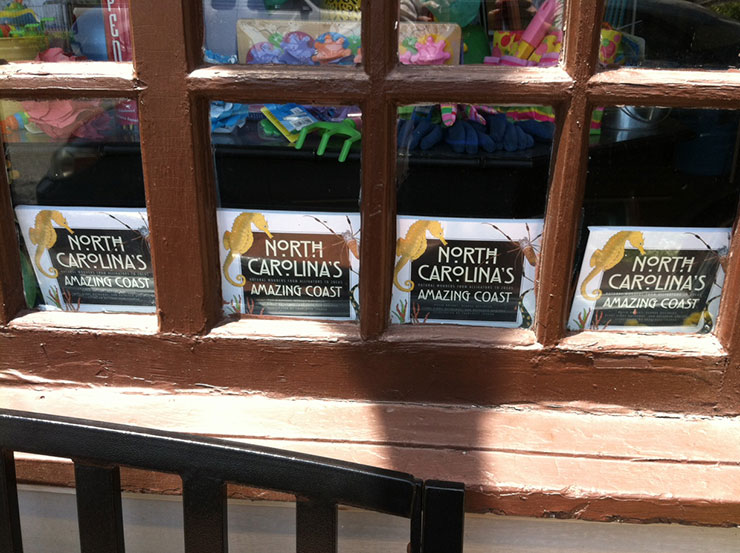Introducing North Carolina’s Amazing Coast: Natural Wonders from Alligators to Zoeas

When I first read Georgia’s Amazing Coast in 2005, three thoughts popped into my head. First, Georgia and North Carolina have a ton of coastal animals, plants and habitats in common. Second, although the two coastal areas have many similarities, Georgia has a number of plants and animals — many presented in the beautifully illustrated plates of that book — that differ from what exists in the Tar Heel State. Third, there should be a similar book for North Carolina. So now it is 2013, and our book is finally here!

As the book title indicates, North Carolina’s coast is an amazing place. Its distinctive location makes the coastal area extra special. Cape Hatteras is the dividing line between two biogeographical regions, which means that along the Tar Heel coast, one can find both northern and southern species of flora and fauna. North Carolina is the northern extent for the range of many southern species and, conversely, the southern extent of the range for many northern species.
For example, American lobsters and spiny lobsters can both be found in North Carolina waters. The American lobster (Homarus americanus) is commercially fished along the New England coast, but it also appears seasonally off the Outer Banks. Meanwhile, the spiny lobster (Panulirus argus), abundant in the Florida Keys, has been harvested by divers along the southern end of the North Carolina coast. As another illustration, both northern and southern species of bayberry occur in North Carolina’s coastal plain. Northern bayberry (Myrica pensylvanica) is found in areas stretching from Canada to North Carolina. Southern bayberry (Myrica cerifera), also known as wax myrtle, exists along the Atlantic Coast from the Florida Keys to southern New Jersey.
The American alligator (Alligator mississippiensis) reaches the northern extent of its range around Dare and Tyrrell counties in northeastern North Carolina. The golden silk spider (Nephila clavipes) is a southern species whose range is expanding northward, from Charleston, S.C., in the 1980s, to Myrtle Beach, S.C., in the 1990s. Evidence of this species breeding in southeastern North Carolina was found around 2004. Could this range expansion be evidence of a changing climate?
There are other physical differences between the northern and southern coasts of North Carolina. Off Cape Hatteras, the warm waters of the northward-flowing Gulf Stream meet an inshore branch of the Labrador Current, which flows south, bringing cold waters from the North Atlantic. The collision of these currents creates the dangerous shoals that have made the waters around Cape Hatteras become known as the Graveyard of the Atlantic.
This book is not only for those who live near the coast but also for those who have ever visited our beautiful North Carolina beaches — walking, swimming, fishing, beachcombing or otherwise enjoying our state’s coastal resources. I hope that this peek into some of the incredible habitats, plants and animals will pique your curiosity and make you want to explore the shore and discover more about North Carolina’s Amazing Coast.
The above is an excerpt from North Carolina’s Amazing Coast, published by University of Georgia Press.
This article was published in the Summer 2013 issue of Coastwatch.
For contact information and reprint requests, visit ncseagrant.ncsu.edu/coastwatch/contact/.
- Categories:


